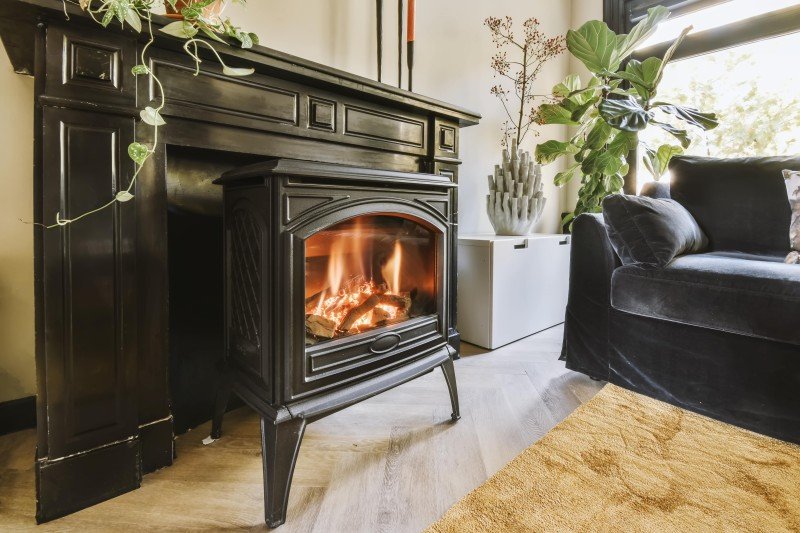Why Nobody Cares About Best Value Fireplaces
Best Value Fireplaces: An In-Depth Guide
The fireplace has long been considered as the heart of a home, offering heat, ambiance, and a focal point for social events. Nevertheless, navigating through different alternatives can be frustrating, especially with spending plan restraints in mind. This article presents a useful guide on the best value fireplaces, detailing their types, functions, and advantages to assist homeowners make a smart choice.
Kinds of Fireplaces
Fireplaces are available in a variety of designs and types, each with different attributes, expenses, and advantages. Here's an in-depth appearance at the most typical types of fireplaces available in the market today.
Kind of Fireplace
Description
Average Cost
Pros
Cons
Wood-Burning
Burn logs to create heat and ambiance.
₤ 1,500 – ₤ 5,000
Genuine experience, natural heat
Requires routine upkeep, less efficient
Gas Fireplaces
Utilizes gas or lp to produce heat.
₤ 2,000 – ₤ 5,000
Easy to use, cleaner than wood
Minimal to gas supply, setup costs
Electric Fireplaces
Replicates flames with LED innovation and produces heat through electrical energy.
₤ 200 – ₤ 3,000
Easy installation, setup versatility
Less authentic feel, greater operating costs
Pellet Stoves
Usage compressed wood or biomass pellets, supplying an environmentally friendly option.
₤ 3,000 – ₤ 4,500
Efficient, low emissions
Needs electricity to operate, requires storage for pellets
Ethanol Fireplaces
Burns ethanol fuel, producing flames that don't require a chimney.
₤ 300 – ₤ 2,500
No vents required, portable
Greater fuel cost, security concerns
Factors to Consider When Choosing a Fireplace
Selecting the ideal fireplace is not just about aesthetics; it likewise includes practical factors to consider. Here are vital aspects to bear in mind:
1. Budget plan
- Determine just how much you want to invest. Remember that installation and maintenance expenses can build up.
2. Space and Size
- Make sure the fireplace fits well within the room, considering both the space offered and the heating requirements.
3. Fuel Type
- Select the fuel source based on accessibility, expense, and the type of ambiance you want to accomplish.
4. Efficiency
- Opt for systems with high-efficiency scores to ensure you are getting the most value for your cash in regards to heat output.
5. Visual Appeal
- Pick a style and style that complements existing design and boosts the total appeal of the area.
6. Laws
- Be aware of regional policies, permits, and building codes that may affect your fireplace setup.
Top Best Value Fireplaces
Based on client evaluations, professional opinions, and general value for money, here are a few of the best value fireplaces currently available in the market:
1. DuraVent Pellet Stove
- Type: Pellet
- Average Cost: ₤ 2,000
- Emphasizes: Highly efficient with low emissions, making it an exceptional option for environmentally-conscious house owners.
2. Napoleon B36NTR-1
- Type: Gas
- Typical Cost: ₤ 2,500
- Emphasizes: This fireplace is aesthetically enticing and highly efficient, with a smooth design and adjustable flame.
3. Duraflame Electric Heater Stove
- Type: Electric
- Typical Cost: ₤ 200
- Emphasizes: Affordable and portable, best for smaller areas or including ambiance to a space without long-term installation.
4. Genuine Flame Juliet Gel Fireplace
- Type: Ethanol
- Average Cost: ₤ 300
- Highlights: An elegant choice for modern spaces that needs no venting, making it versatile and easy to install.
5. Vogelzang VG5790
- Type: Wood-Burning
- Average Cost: ₤ 800
- Highlights: Offers a traditional wood-burning experience with a smooth modern style, ideal for those who value the classic ambiance.
Regularly Asked Questions (FAQs)
Q1: What is the most cost-efficient fireplace alternative?
A1: Electric fireplaces tend to be the most cost-efficient in terms of preliminary purchase price and installation, however can have higher operating expense compared to gas or pellet systems.
Q2: Are gas fireplaces safer than wood-burning fireplaces?
A2: Yes, gas fireplaces generally produce less emissions and position a lower threat of chimney fires as they don't produce creosote like wood-burning systems.
Q3: Can I set up a fireplace myself?
A3: While some electric fireplaces enable easy self-installation, other types, specifically gas and wood-burning designs, typically need expert installation due to venting and security issues.
Q4: How do I keep my fireplace?
A4: Regular upkeep includes cleaning the chimney (for wood-burning fireplaces), looking for gas leakages (in gas units), and ensuring correct ventilation for electric models.
Q5: Is an ethanol fireplace a good option?
A5: Ethanol fireplaces are appealing for their modern style and ease of setup. However, they can be less efficient and more pricey to run long-term compared to other fuel types.
Choosing a value fireplace that meets your aesthetic choices and practical needs involves thorough research study and factor to consider. By understanding different types of fireplaces, their associated expenses, and benefits, property owners can make educated choices that will not only fit their spending plan but likewise improve the warm and inviting environment of their homes. Whether selecting Fireplaces And Stove , gas, wood-burning, pellet, or ethanol design, the ideal fireplace awaits to transform your home.
